The Cannondale Moterra is a Trail style electric bike with 130 mm air suspension from RockShox. It’s a great platform for all around mountain riding and delivers improved float and traction thanks to a pair of plus sized 2.8″ tires. The plus standard ranges from 2.6 to 3.0 and is becoming more and more common on electric mountain bikes because efficiency and weight aren’t as much of a concern. Cannondale has gone all out with this frame design, keeping the chainstays wide but short for nimble handling, tilting and the motor up into bottom bracket area for maximum clearance and aesthetic appeal, and creating a bottom-mount downtube battery design that positions weight as low as possible. Ideally, you want as much weight as possible to be sprung and you want it low and center on the frame… and that’s exactly what you get here. The bike feels sturdy and tight with wider Boost hubs and thru-axles front and rear, however, the linkage driven single pivot rear suspension design doesn’t handle bobbing and braking feedback as well as the four-bar Horst Link seen on some other models. You can see this feedback in the later portions of the video review when I take off from standstill. I got to test ride the Moterra 2 during a press event in Sedona, Arizona. It’s well suited to trail riding and the color scheme, with matching wheelset stickers, frame paint, saddle, and suspension accents, matched the orange/red dirt perfectly. A handful of little highlights made this one of my favorite models at the show. It offers a seat post dropper, finger adjustable hydraulic disc brakes, a bottle cage mounting point on the downtube, and a relatively narrow tubing design despite the inset battery. My concerns about battery protection were alleviated somewhat by a Bosch representative who told me about the pro rider testing that Mark Weir and Marco Osborne have been putting the product through over the past couple of years.
Driving the Moterra is a 250 watt nominal, 600 watt peak rated Bosch Performance Line CX motor. This is the high torque 75 Nm motor that now offers eMTB mode for adjustment-free electric-assisted riding. It’s compact, extremely durable and reliable according to shops I visit who sell the product, and offers some of the fastest response of any ebike system I have tested. It’s perfect for off-road cycling though it does produce a bit more noise at high RPM than some competing hardware. I was actually very impressed with the low noise volume when I reviewed the video footage from my rides. The sound of the knobby tires on pavement and trails (especially rocky sections) was almost completely covered up. This motor drives a custom 15 tooth sprocket that spins at 2.5x the rate of your crank arms making it roughly equivalent to a 38 tooth traditional chainring. As with all other Bosch drive systems I have reviewed, this is a one-by drivetrain with a single chainring and 11-speed cassette. I don’t think it’s very easy to replace the custom chainring but the range of rear sprockets, 11-42 teeth, was more than enough to climb with and I had absolutely no problem reaching the 20 mph top assisted speed. You can definitely pedal and coast faster than 20 mph, this limitation keeps the Moderra Class 1 so that it can be enjoyed on more mountain bike trails legally. Class 2 ebikes have throttles and Class 3 ebikes have assist up to 28 mph.
Powering the motor and backlit display panel is one of the best e-bike batteries on the market today. It is compact, relatively lightweight due to energy dense Lithium-ion cells, and can be easily removed for on or off bike charging. The Bosch Powerpack 500 offers 25% higher capacity than the Powerpack 400 but only adds ~0.3 lbs of additional weight. It is backward compatible with the same battery mount interface, and has a neat plastic loop handle at the top (facing towards the bottom of the frame in this case) for safe, secure handling. Whereas most Bosch powered ebikes have the battery mounting onto the top of the downtube, Cannondale flipped the pack and created a cutaway recess in the bottom side of the downtube so the battery faces down and towards the bottom bracket. Clicking it on requires a bit more effort and flexibility because you almost have to kneel down next to the bike and then pull this long rubber strap (the batt-strap) to further protect the plastic surface of the battery. I was told that this rubber was designed to be extra thick so that it can absorb minor rock strikes as well as sand and sticks flying up from the front tire. I was also told that the strap is replaceable along with the chain keeper. The motor receives additional protection as well, a vented Aluminum skid plate surrounds its base but the sides were left mostly naked for improved aesthetic.
Powering the bike on is fairly simple once the battery pack has been charged and mounted. You can charge the Powerpack 500 without taking it off of the bike but the rubber plug cover can be difficult to reach and peel back because of the alloy downtube exterior. There’s a small gap between the frame and the battery which requires non-gloved fingers really get at. Interestingly, Cannondale created a small circular cutout for the battery capacity indicator button just below the battery charging port cutout but they did not add a cutout for the LED indicator itself… so you can click the button to get feedback from the battery about charge level, and it will light up, but you won’t be able to see it if the pack is mounted to the bike. I do appreciate the faster 4 Amp Bosch battery charger and the same plug interface on both the bike and battery so you don’t need additional adapters as with some Yamaha and Shimano drive systems. Once all of the battery stuff is taken care of, you just press the rectangular power key at the lower left edge of the Bosch Intuvia display and it powers up very quickly. Your current speed, a five-bar battery infographic, your assist level, and one of several trip stats will be shown. The trip stats can be cycled through by pressing the i button on the display or the remote button pad mounted near the left grip. My favorite readout is Range because it updates dynamically based on battery level, assist choice, and the last mile of ride data. average speed, clock, and odometer are also useful and you can clear your trip distance and change from miles to kilometers and back by holding reset and i on the display panel to enter into the settings menu on the display. This display panel is large and easy to see but could take additional damage if the bike is flipped or dropped. You can remove the display and I have heard of some mountain bikers doing this for risky descents where they don’t need electric assist power anyway, and just want to protect the sensitive bits of the bike. Being able to quick release both wheels, remove the display, and the battery makes the bike easy to service, lighter to transport, and faster to fix.
While most full suspension Bosch powered electric bikes today do not have room for bottle cages and do not blend in as much as they could, the Moterra really does. It’s a fantastic work of engineering that weighs the same as competing products and costs a bit more. Four frame sizes let you dial in fit and a generous two-year comprehensive drivetrain warranty, combined with a wide network of dealers, will help you keep the bike running for years to come. Replacement batteries are easier to find and while Bosch now offers a smaller Purion display panel option, I have found that the Intuvia (which is also replaceable an swappable for Purion) is easier to navigate and offers onboard charging via a five-volt Micro-USB port on the right edge. This electric bike delivers shift sensing, a tight chain grab with surround protection (and debris clearing), highly adjustable suspension, and a lower weight distribution with shorter rear-end for some of the best ride feel I have experienced on a Bosch bike. It’s a premium ebike to be sure, but the custom design warrants the increase in price. So many other custom electric bikes feel like a risk because their battery packs may be difficult or even impossible to come by at some point. That is not the case at all with the Moterra.
Pros:
- Unique battery placement, mounted up into the downtube instead of on top of it, keeps weight even lower than the traditional Bosch Powerpack designs
- The battery pack can be charged on or off the bike and is fairly easy to take off, though the rubber strap does take a bit of extra time and may get your hands dirtier
- The Bosch Performance Line CX motor offers great torque, now includes the eMTB mode (Sport becomes a full-range mode) and is beautifully integrated into the frame to optimize ground clearance
- Amazingly, Cannondale was able to squeeze in bottle cage bosses above the motor near the bottom of the downtube, this allows for fluids, mini-pumps, folding locks, and more
- Available in four frame sizes to fit a wide range of users, top-tube bend provides a slightly lower standover height
- Cannondale is a leader in lightweight Aluminum frame design, the Moterra 2 weighs ~52 lbs despite offering full suspension, plus sized 2.8″ diameter tires (rims and tires come tubeless ready), and the larger Powerpack 500 watt-hour battery
- Relatively short wheelbase offers nimble handling, notice how close the yolk keeps the rear wheel to the bottom bracket and how the steeper downtube brings the front wheel back
- I love the KS LEV seat post dropper, it’s a great accessory to have on any mountain bike and this one comes in three sizes (to match the bike frame size) and is internally routed
- Reliable RockShox air suspension hardware front and rear offering 130 mm travel with rebound, compression, and lockout options, the rear suspension only seemed to offer a rebound adjust clicker
- Premium Shimano Slx hydraulic disc brakes with heat dissipating Ice-Tec rotors, 180 mm front and rear for smooth powerful braking on varied terrain, tool-free adjustable reach levers accommodate small and large hands
- The one by eleven drivetrain uses Shimano SLX derailleur with Shadow Plus one-way clutch, when engaged, this clutch tightens the chain to reduce bouncing for off-road riding
- The Bosch motor controller offers shift detection which allows for smoother gear changes and that means less chain, sprocket, and derailleur wear
- Wide 45 mm rims support the plus sized tires, longer Boost hubs increase wheel stiffness through spoke bracing angle (lower angle increases side to side strength), both wheels have thru axles 15 mm and 12 mm with quick release
- The motor and battery seem well protected from rock strikes, sand granules, and larger trail obstacles, there’s a vented alloy skid plate at the base of the bottom bracket and a thick rubber “batt strap” that covers the top of the battery
- Impressive range/capacity to weight ratio from the Bosch Powerpack 500, you get 25% more juice with each charge than the older Powerpack 400 but weight only increased by ~0.3 lbs
- A few of the higher end e-mountain bikes have moved towards this Powerpack battery integration (somehow inset into the downtube) but some of them bulge the tubing out so the frame gets a little wider, I like how Cannondale kept it relatively narrow here
- Cannondale has thoroughly tested their Moterra platform with team riders Mark Weir and Marco Osborne to ensure toughness (this came up during the video review speaking with Josh Parris of Bosch
- Bosch has partnered with Magura in the US and Live to Play in Canada for service support, I love that their battery interface is adjustable to reduce rattling over time if you experience that (or if it’s too tight at first)
- It sounds like the batt-keeper rubber strap and plastic chain keeper are replaceable so you can keep things tight and secure over time if you ride a lot or are in harsh conditions
- Good color matching throughout the frame, onto the suspension fork, wheelset stickers, and up to the saddle, they all incorporate the orange accents and blend well
- The Bosch Performance Line CX motor measures rear wheel speed, pedal cadence, and pedal torque 1,000x per second which delivers fast starts and stops, perfect for mountain biking, and I love that the motor can reach 120 RPM for high-cadence riding
- I like that Cannondale added a thick rubber slap guard and surround plastic guide to keep the chain on track and possibly clear debris before entering the chainring, the demo bike I saw for this review had marks on the top and bottom of the chainstay where the chain had bounced into it
- The control pad is easy to reach and intuitive enough to click that you don’t even need to look down while riding as you switch assist levels, and eMTB mode makes it even easier so you don’t have to switch at all and the bike will just respond with a range of power output based primarily on pedal torque
- Smart phones, GPS, lights, and other electronic accessories can be mounted to the handlebar and plugged into the Bosch Intuvia display panel because there’s a 5 Volt Micro-USB port built into the right side
Cons:
- Despite the more integrated battery design, thicker tubing and unique bends spoil a bit of the stealth look and may generate interest or unwanted attention on the trails
- I struggled to find information and pricing on this e-bike in the US, perhaps it’s a limited run or still a bit new?
- Linkage driven single pivot suspension design offers decent bump compliance and is less expensive to implement because it is not proprietary but isn’t as efficient for pedaling and produces some braking feedback
- It’s great that you can charge the battery while mounted to the frame but I found the rubberized cover a bit tricky to reach and pull up, it’s inset behind the alloy tubing structure on the left side and just a bit tricky compared to external Bosch battery setups
- I don’t quite understand why they put an additional cutout on the side of the downtube for the LED battery indicator button… but not a large enough cutout to see the LED’s. You can press it and then wonder what’s happening underneath, it doesn’t make sense to me and I’m not sure I even need to see the charge level when the battery is mounted to the frame because the Bosch Intuvia display comes on so fast, it’s easy to check there
- The Bosch Performance Line motors produce a bit more noise than Yamaha and Brose, I think this is due to the higher RPM, you can hear a high pitched whirring noise when pedaling in high power modes at a high cadence
Resources:
- Official Site: http://moterra.cannondale.com/
- Official Site: http://www.cannondale.com/en/Europe/Bike/ProductDetail?Id=23c7a1e4-dde4-48be-8a2d-45ee6dba6086&parentid=undefined#
- More Pictures: https://goo.gl/photos/Vda2xbFec9SBBTkD9

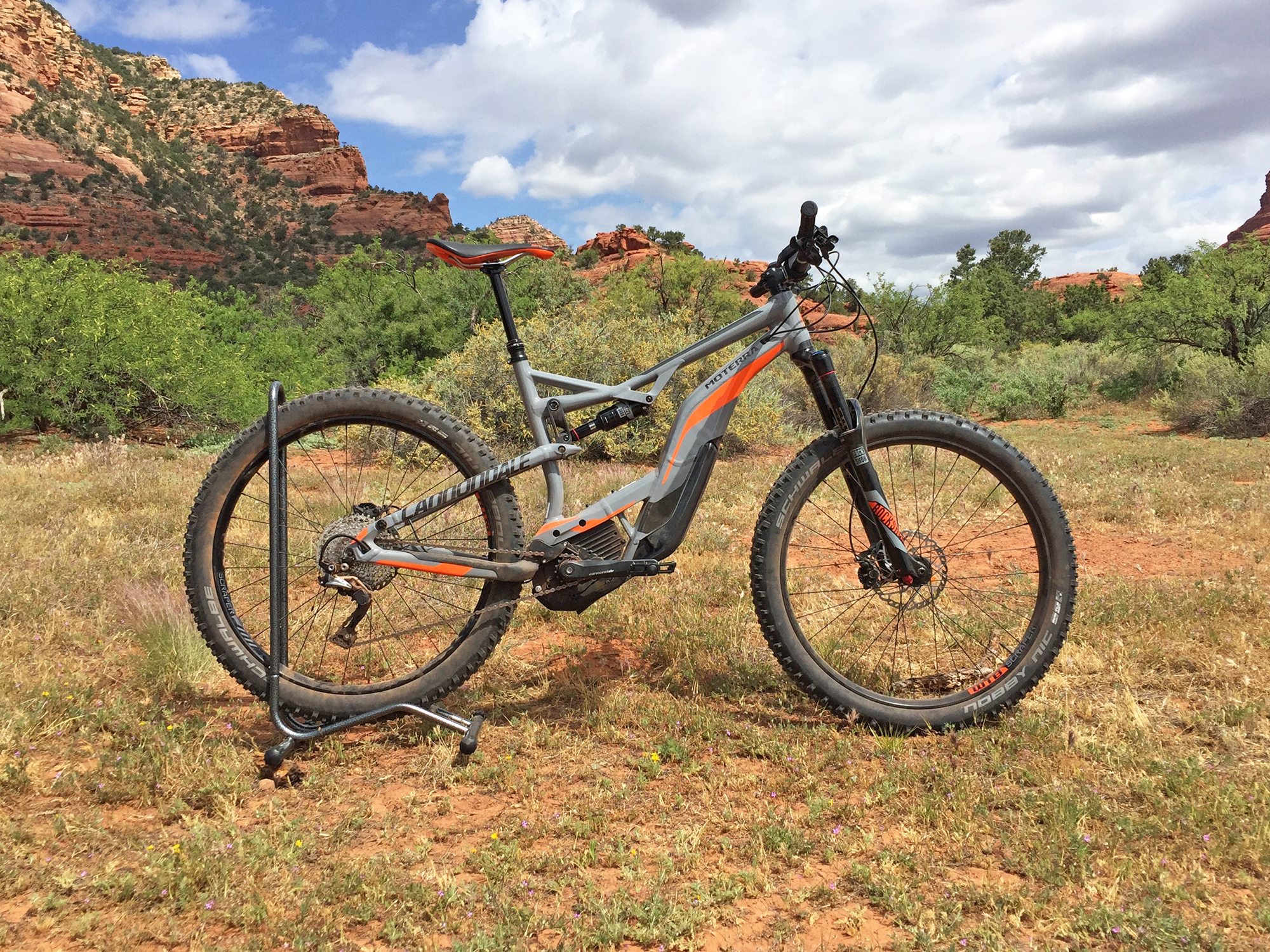
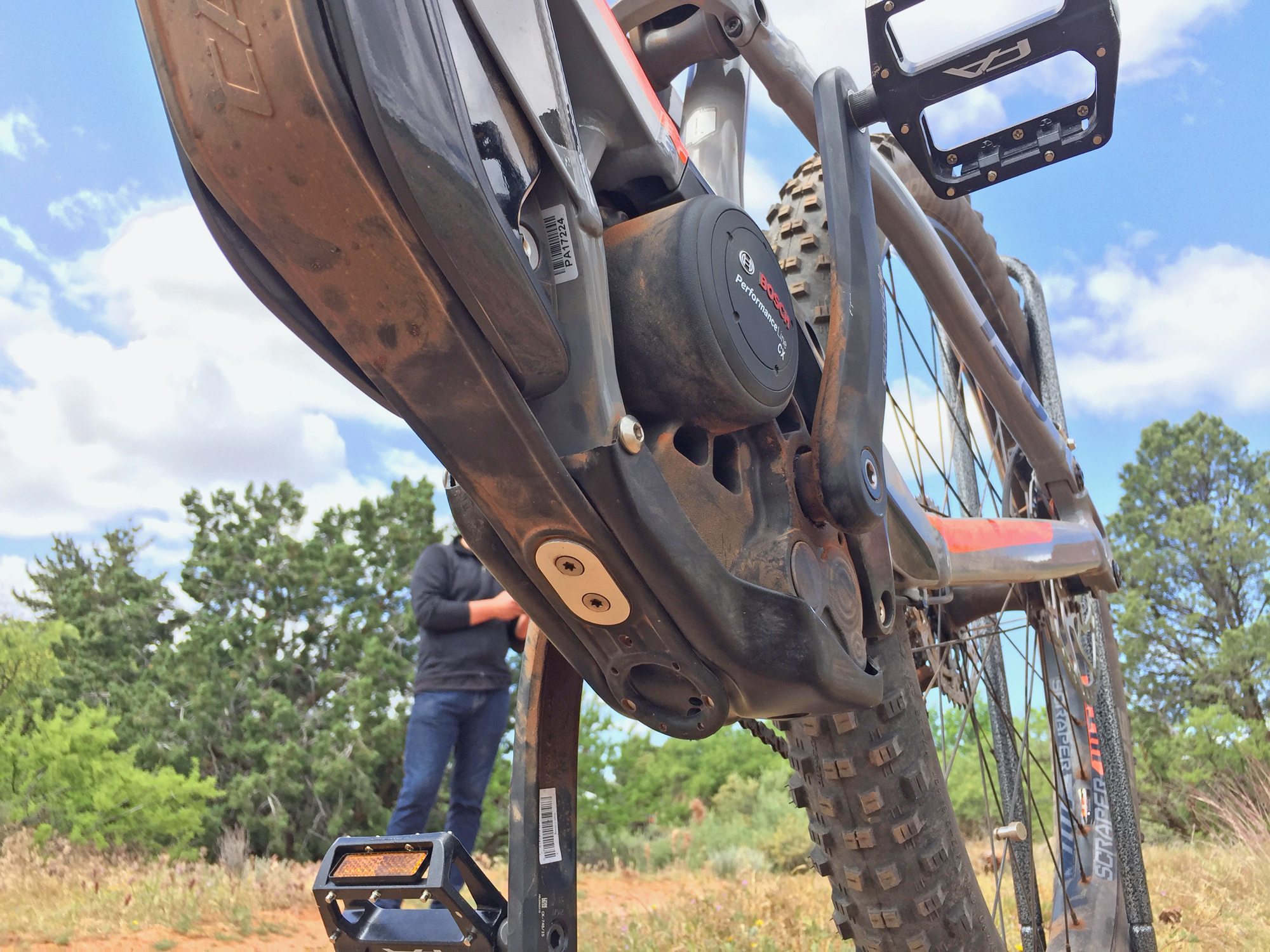
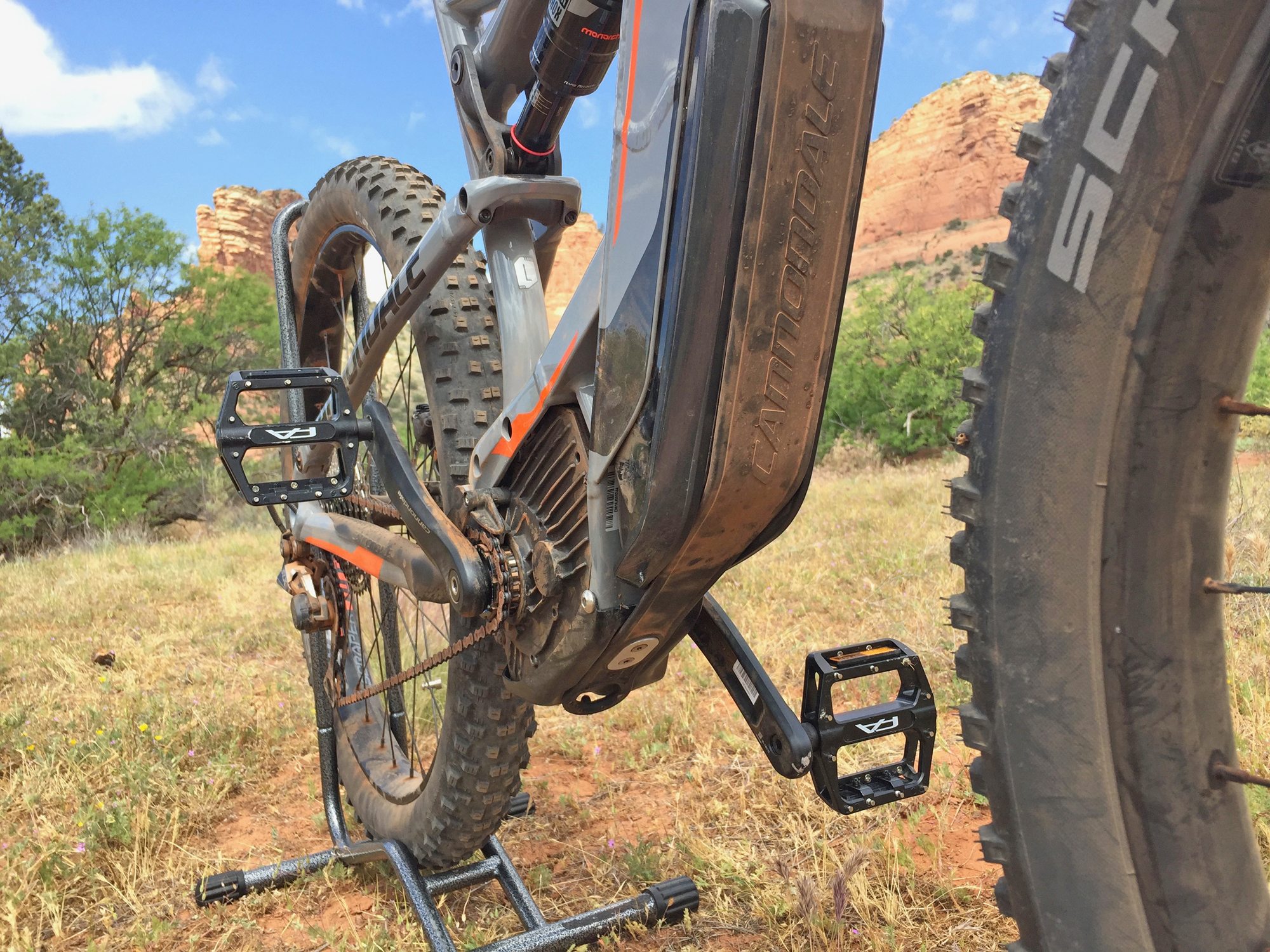
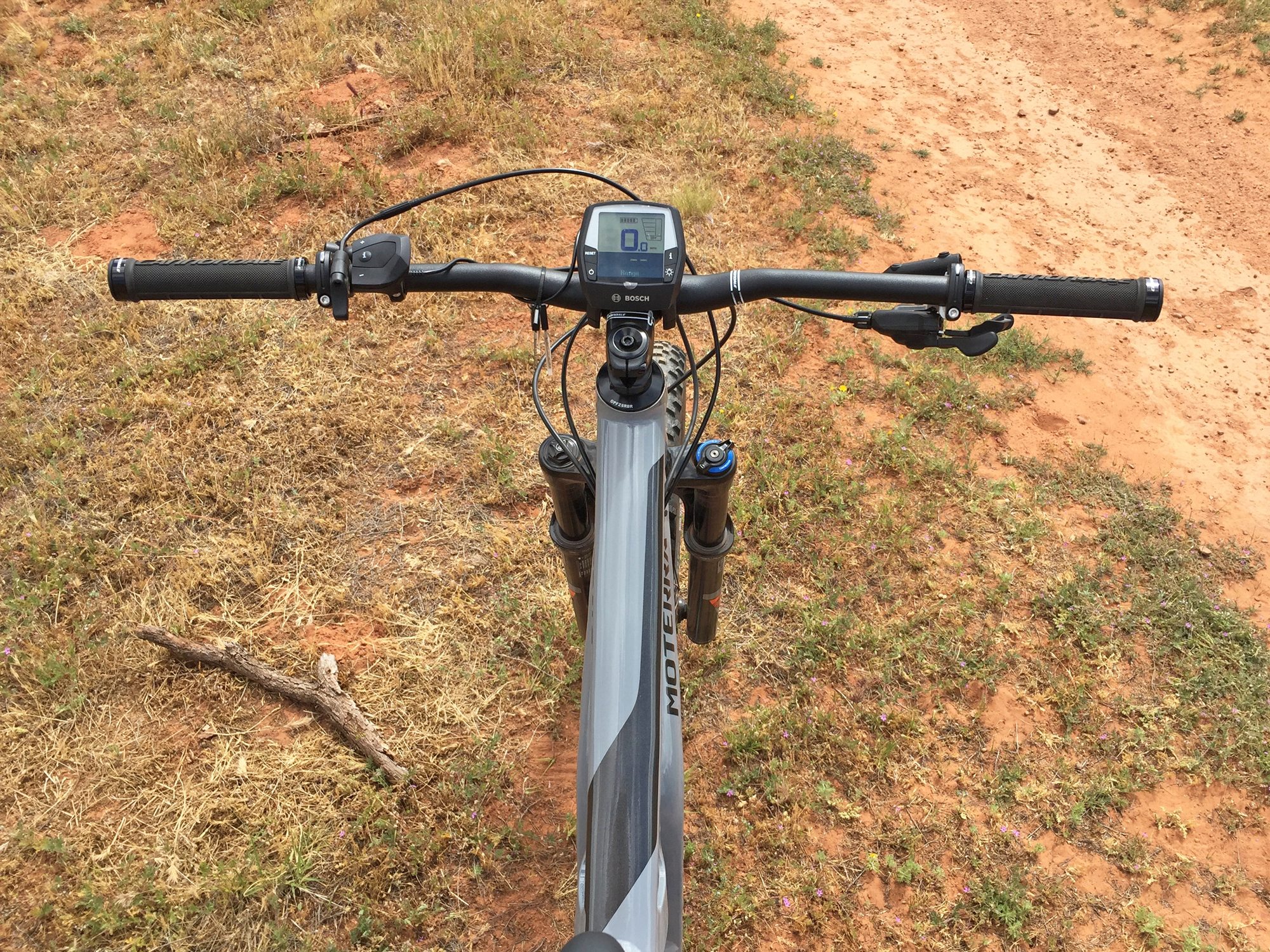
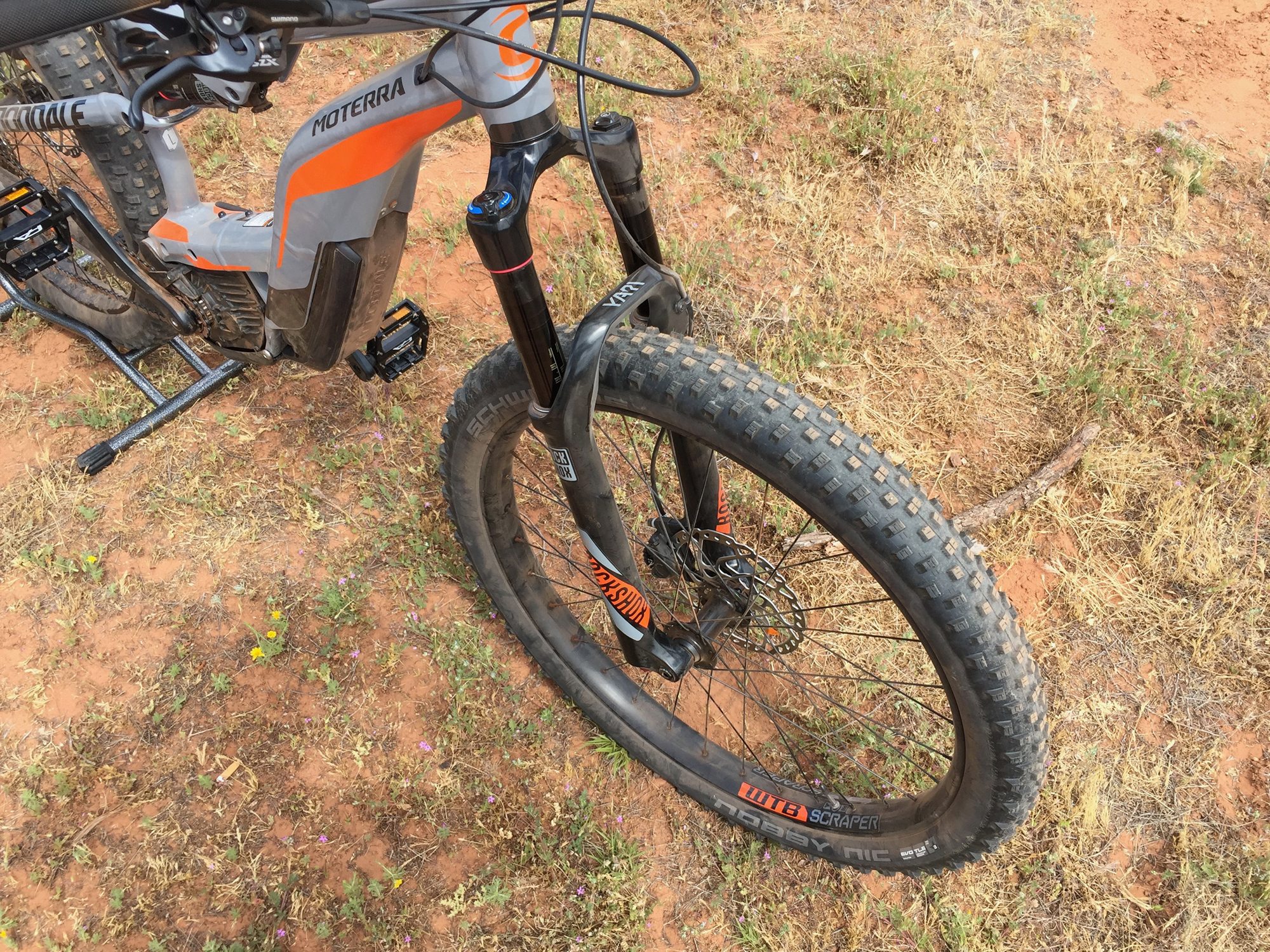
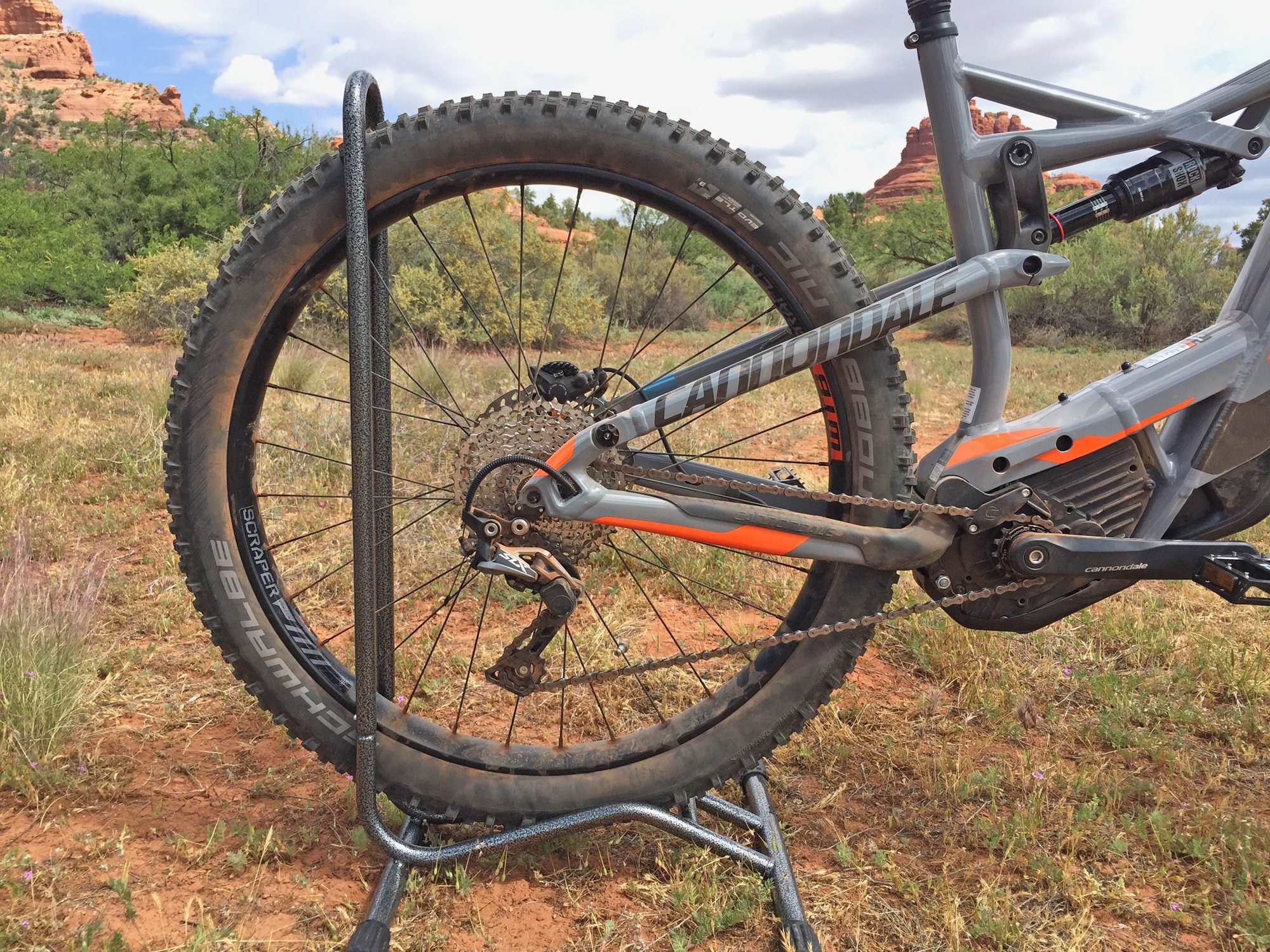
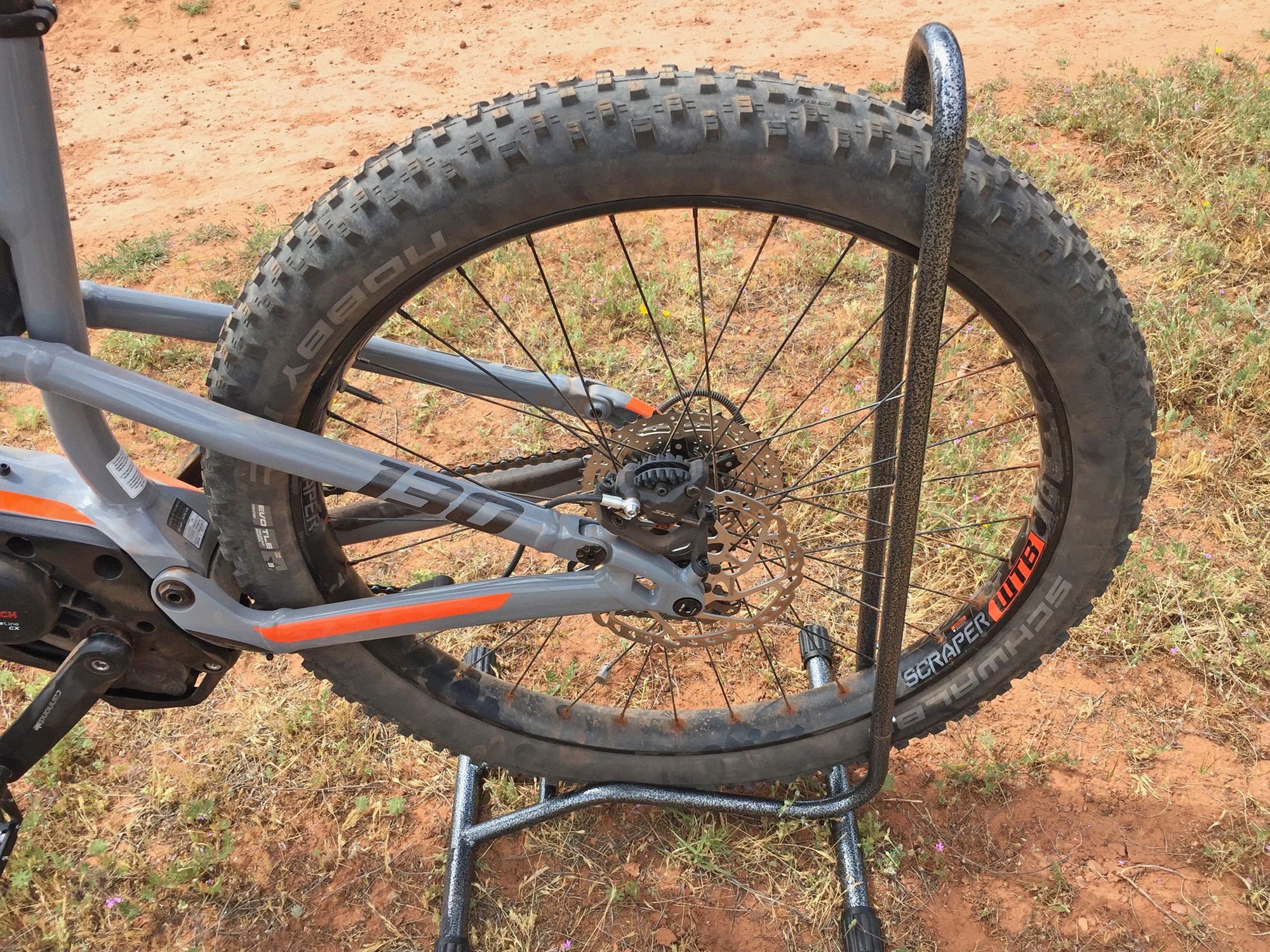
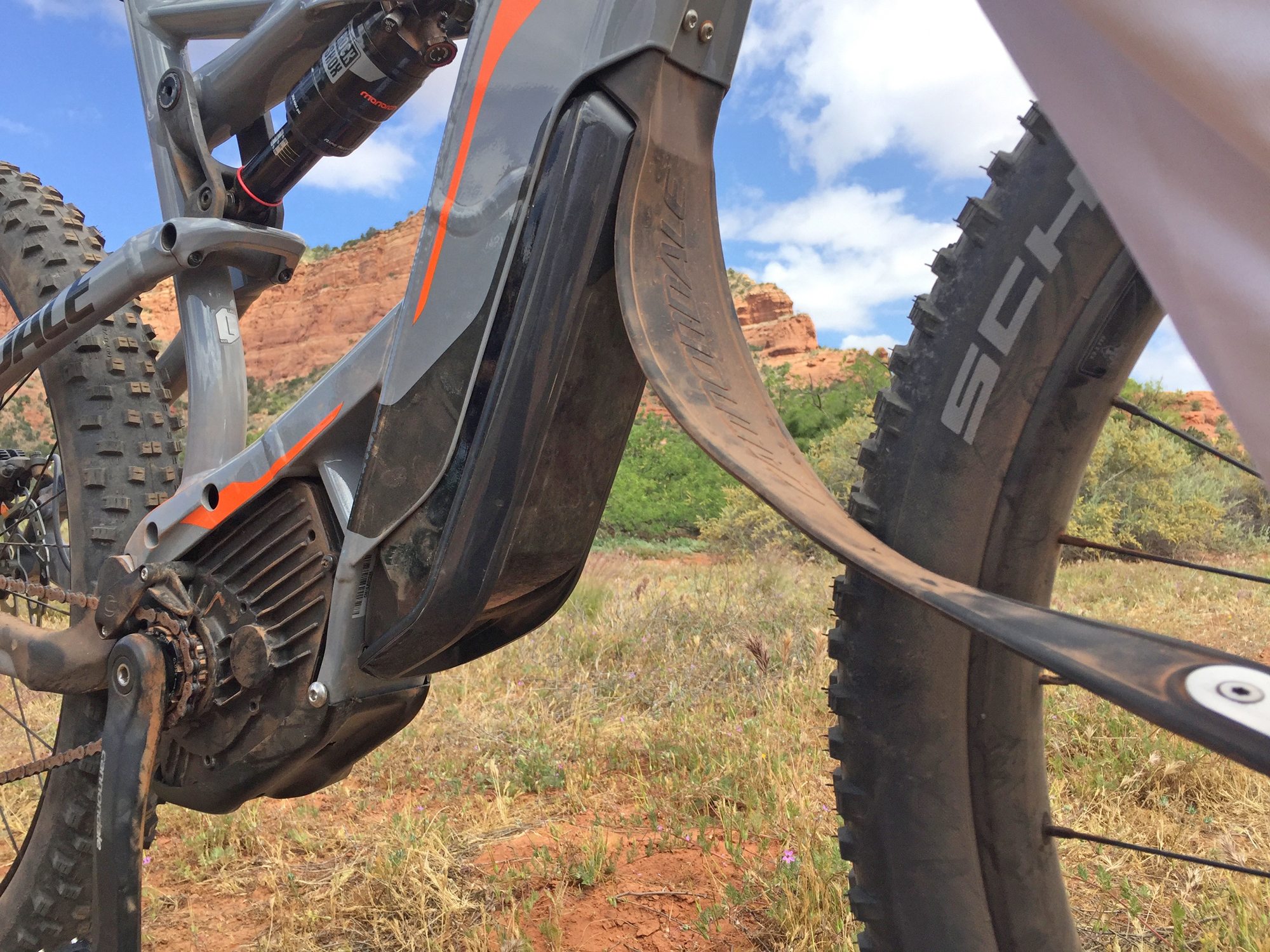
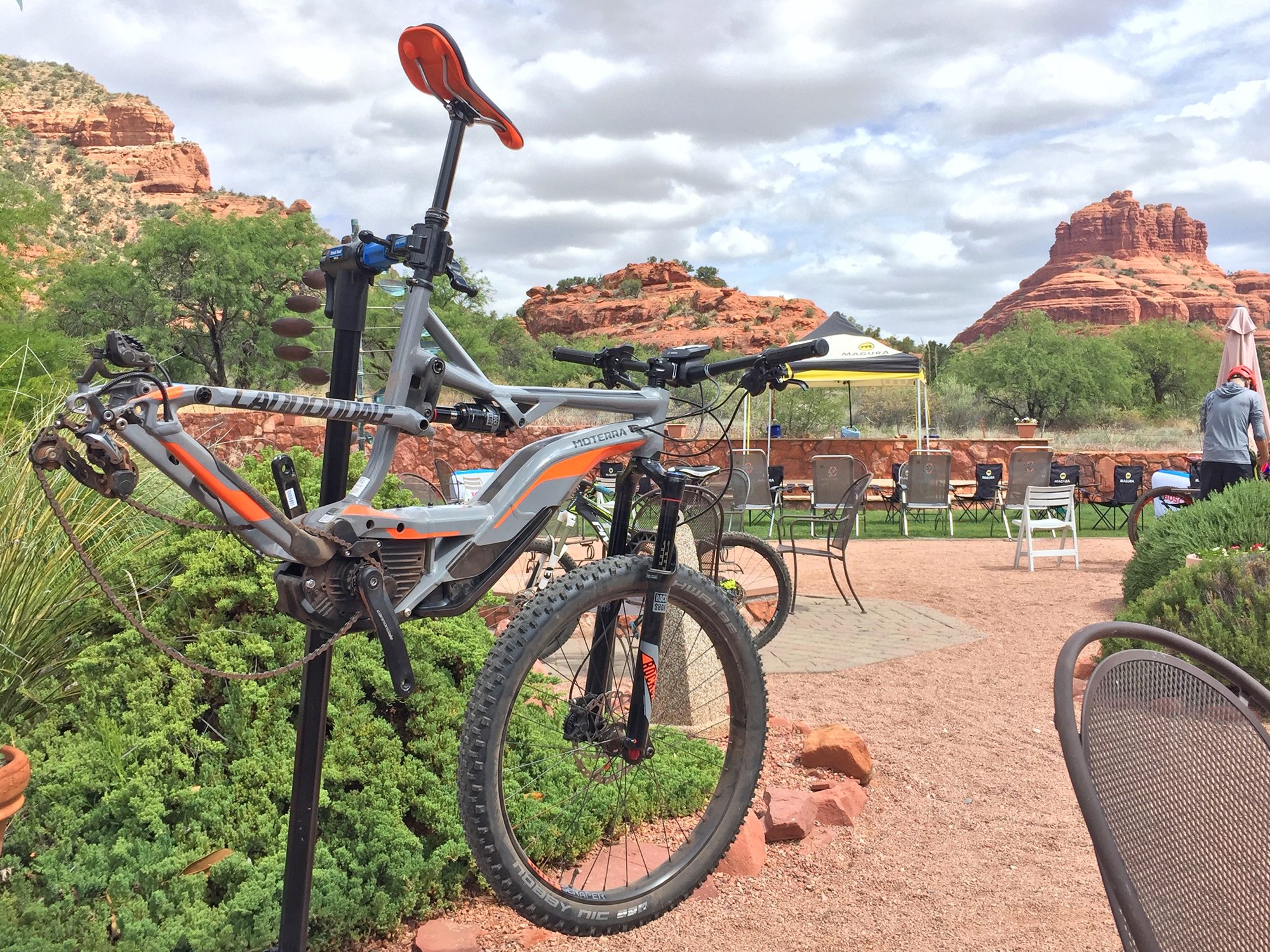
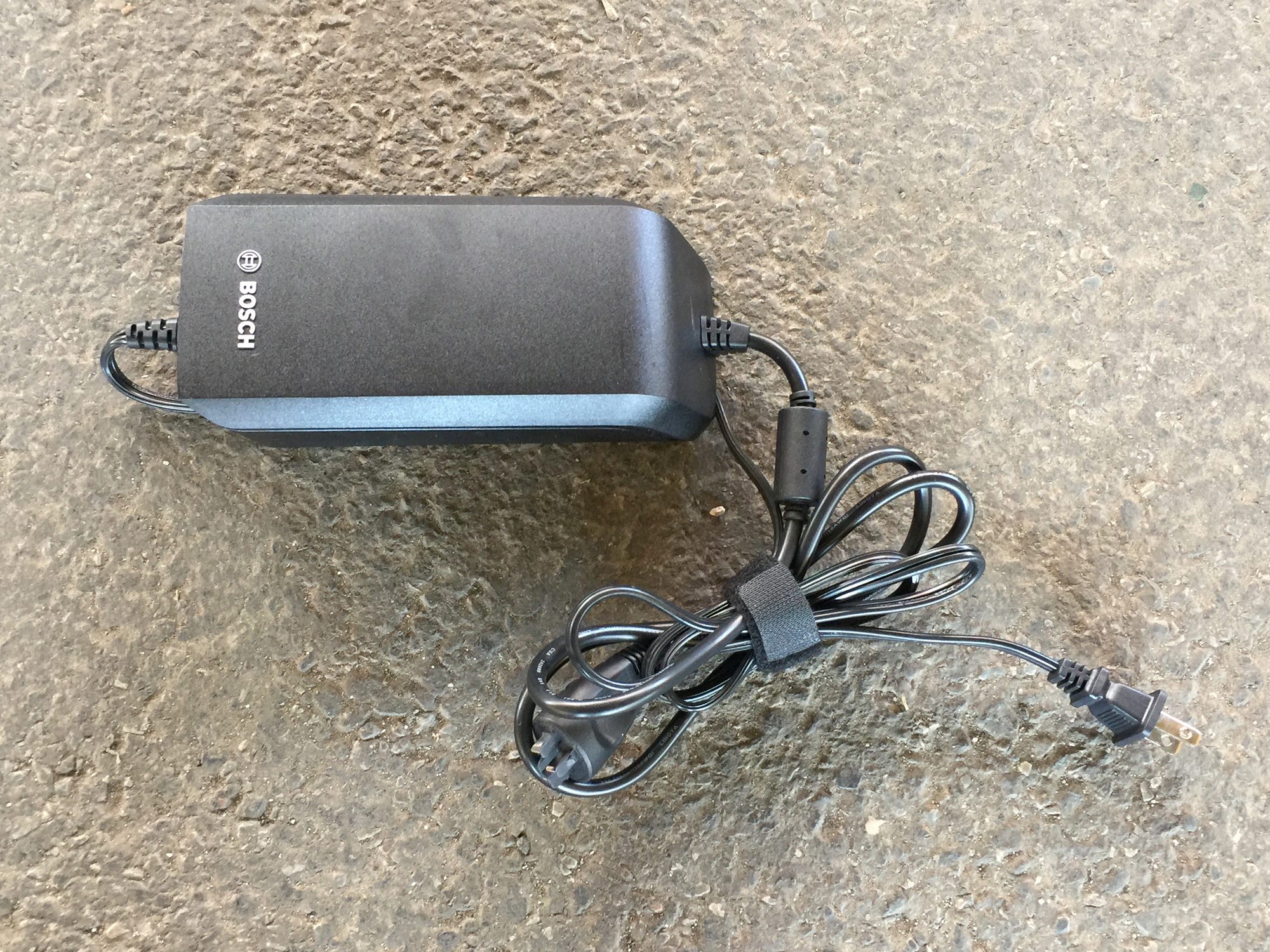

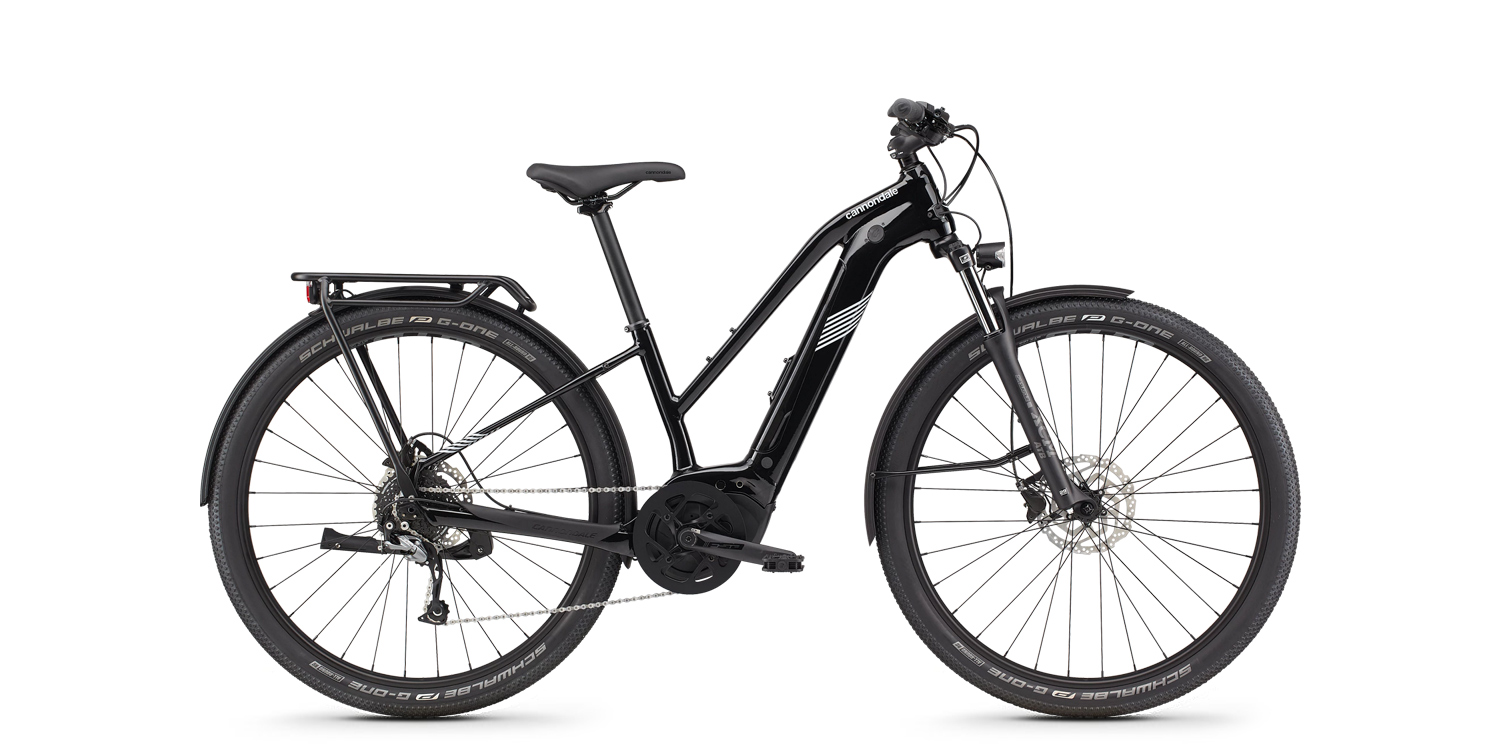
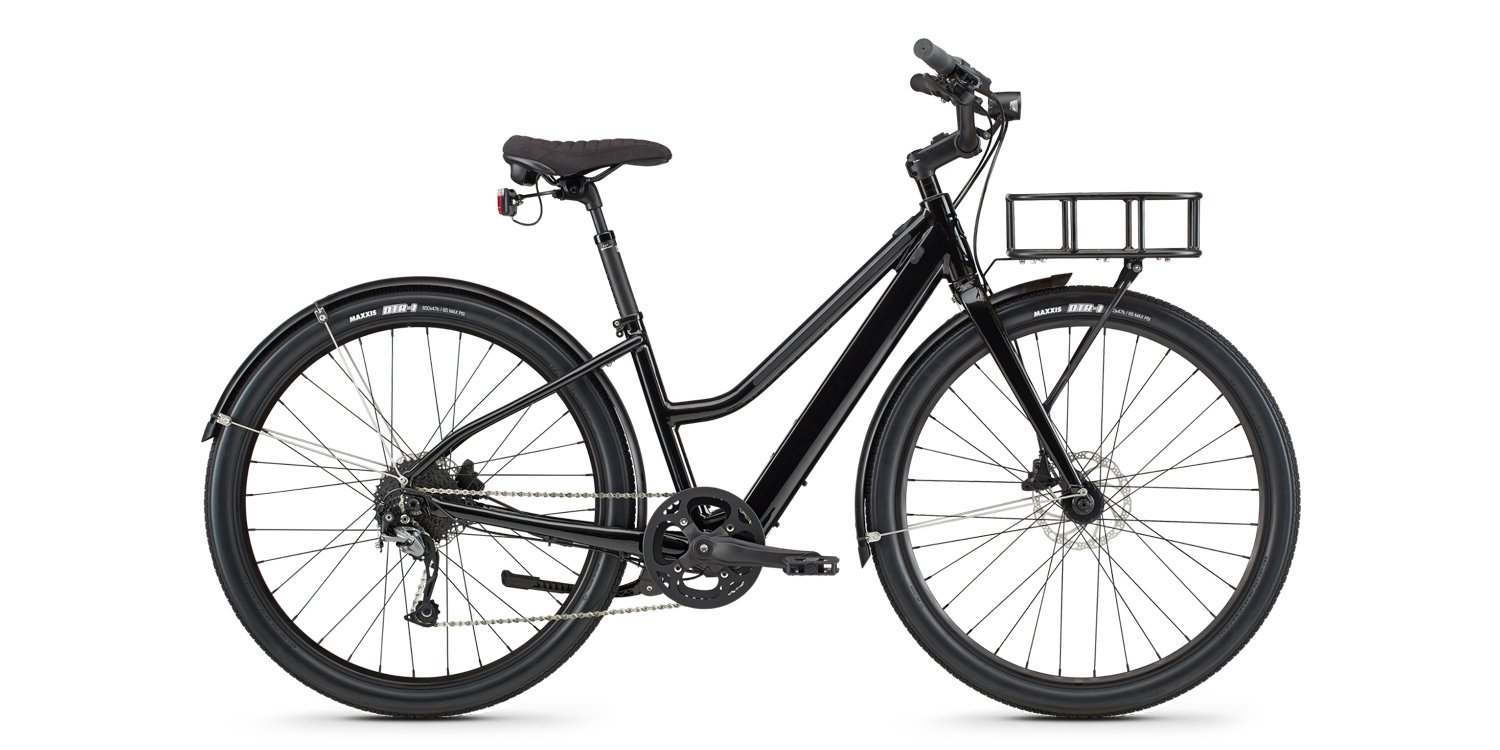
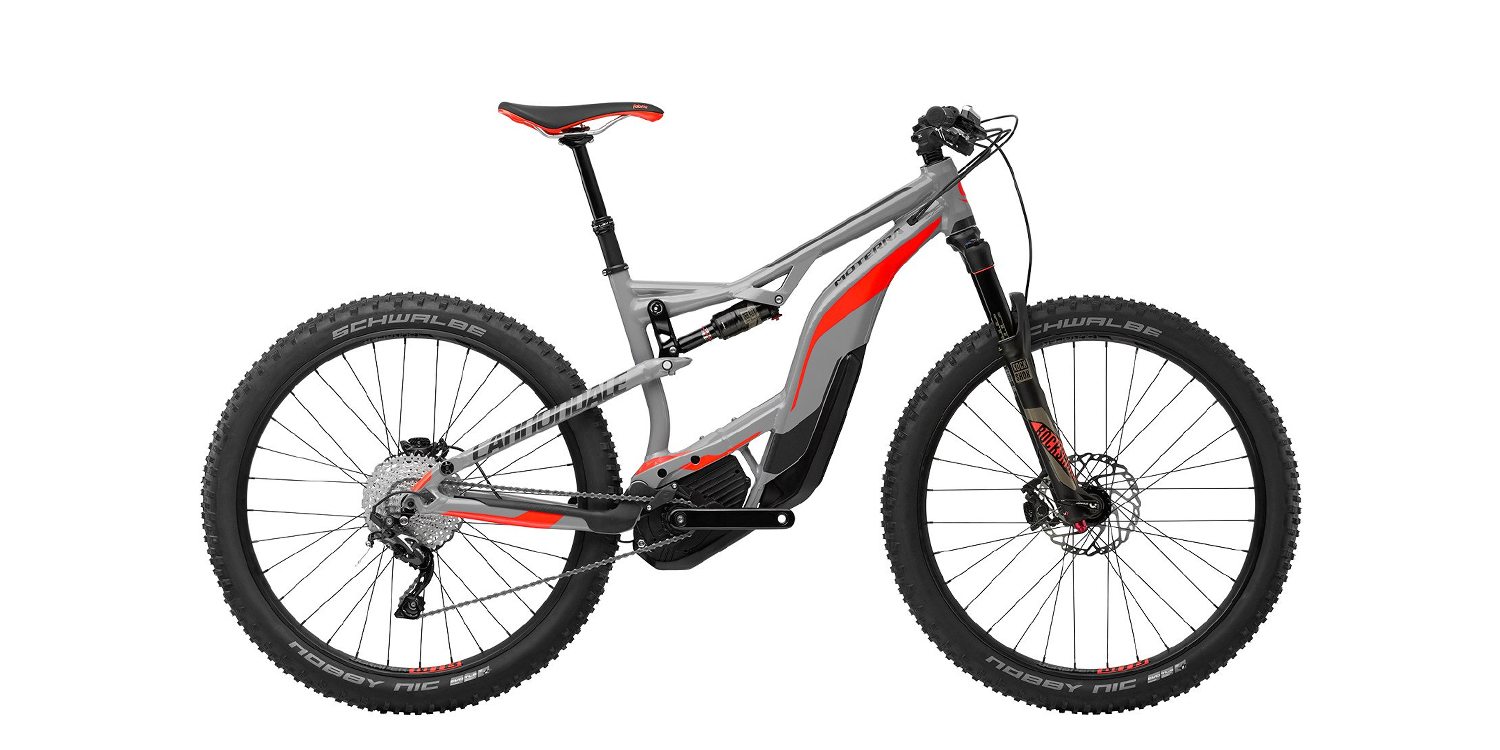
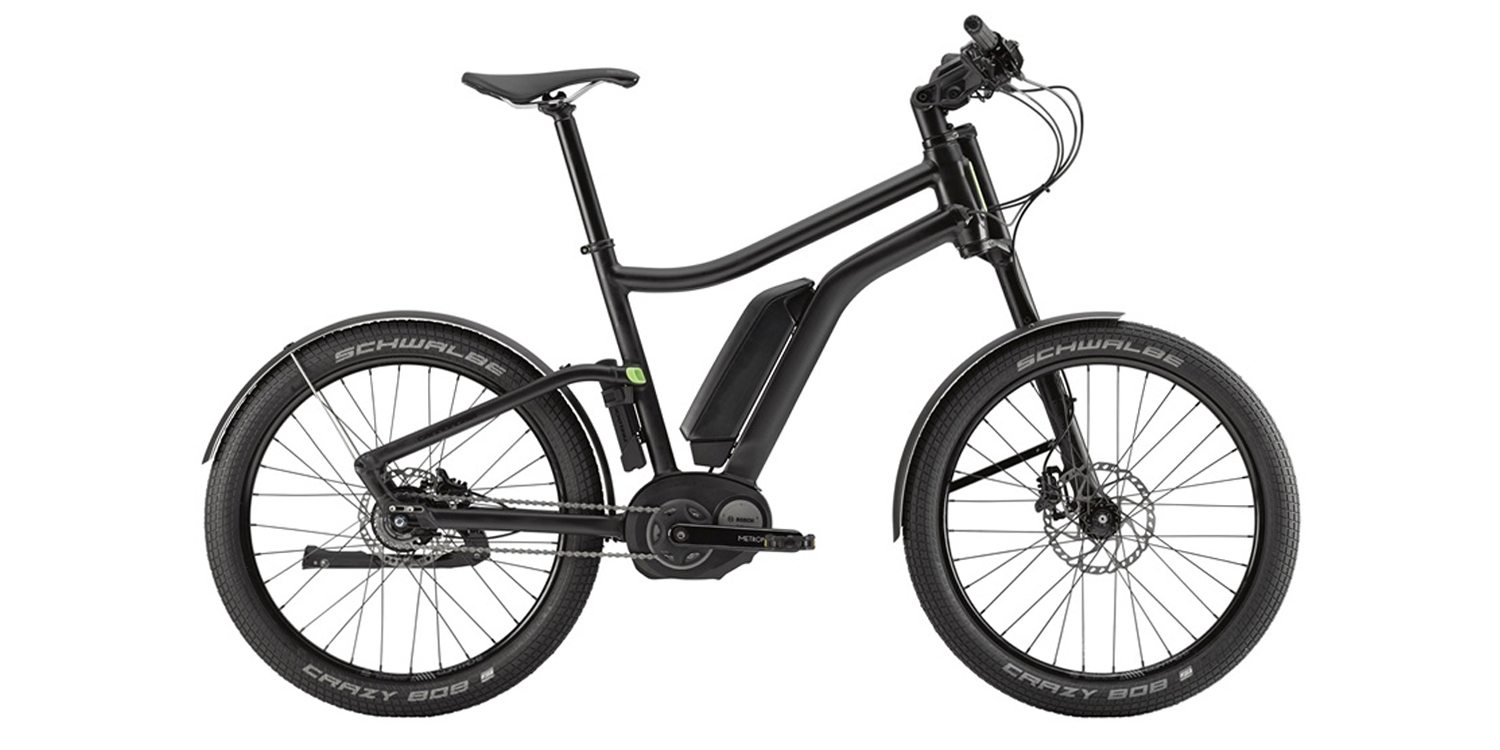
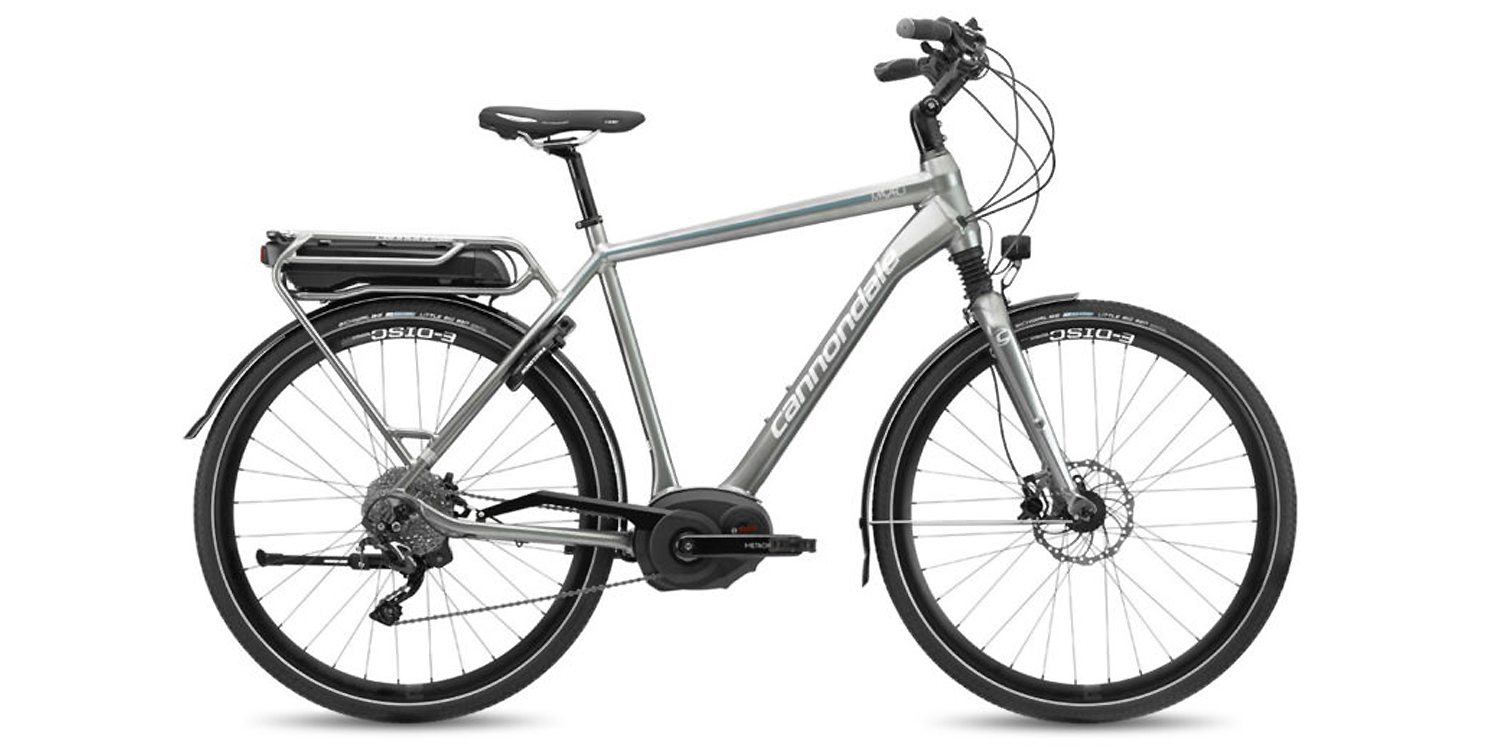
Kevin says
Does a battery extender exist for the Cannondale Moterra please? I have got one for my Specialized Creo gravel bike, so just need one for my Cannondale.
Court says
Great question, Kevin. No, I’m not aware of a battery extender solution from Cannondale. It would be cool if other companies offered this sort of thing, but that bottle shaped battery that Specialized sells is specific only to their SL ebikes (not even the whole line). It’s pretty great, and really sets those bikes apart in my mind :)